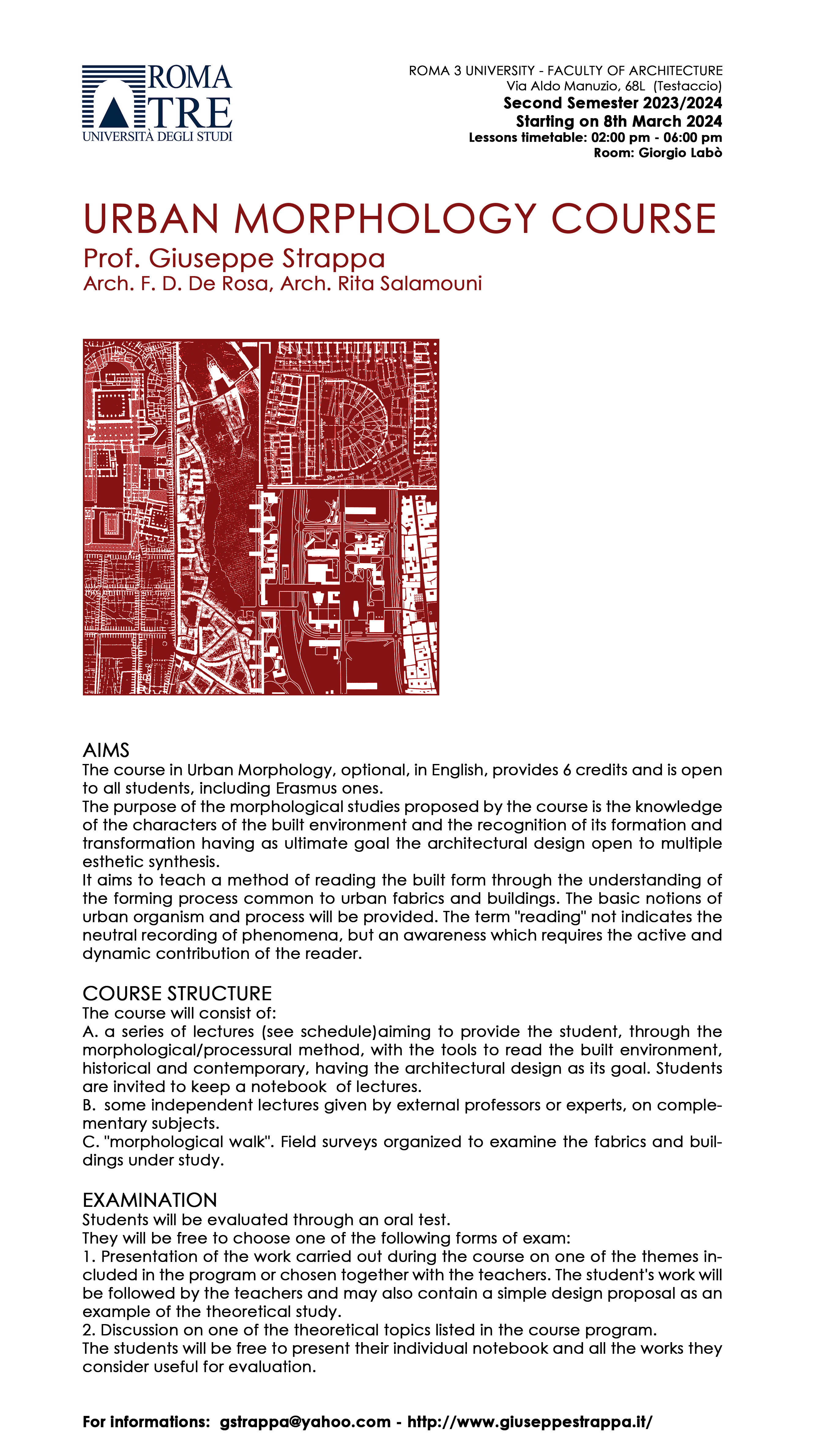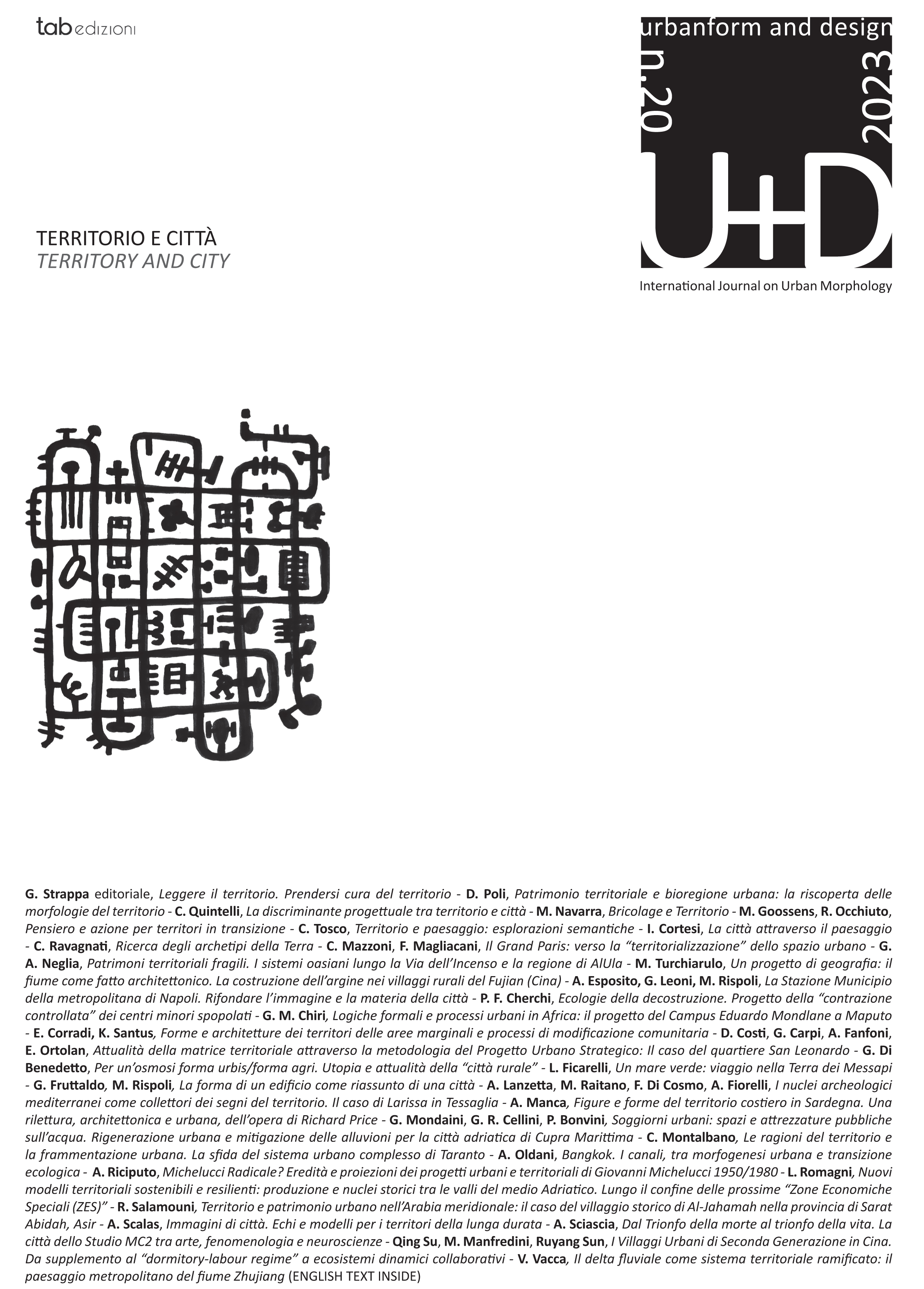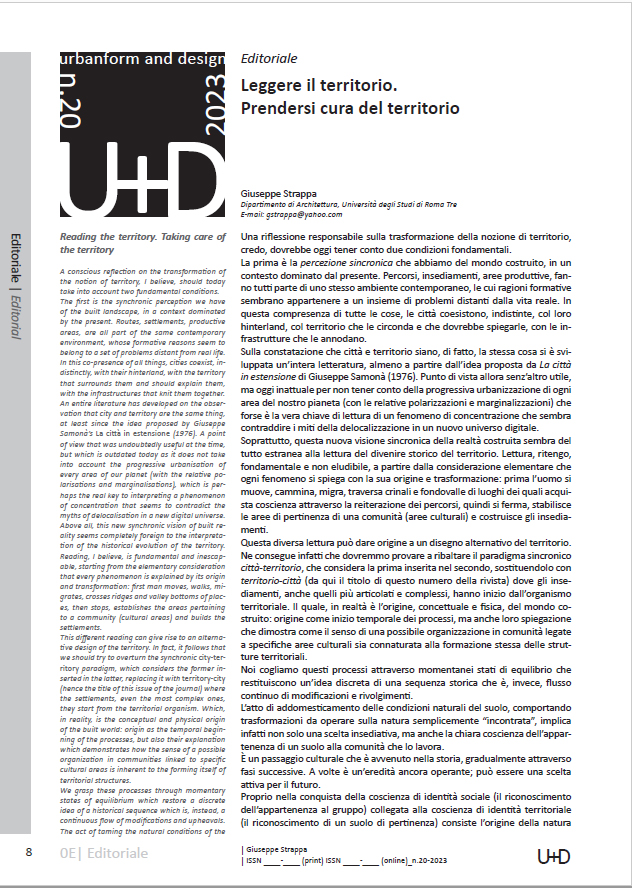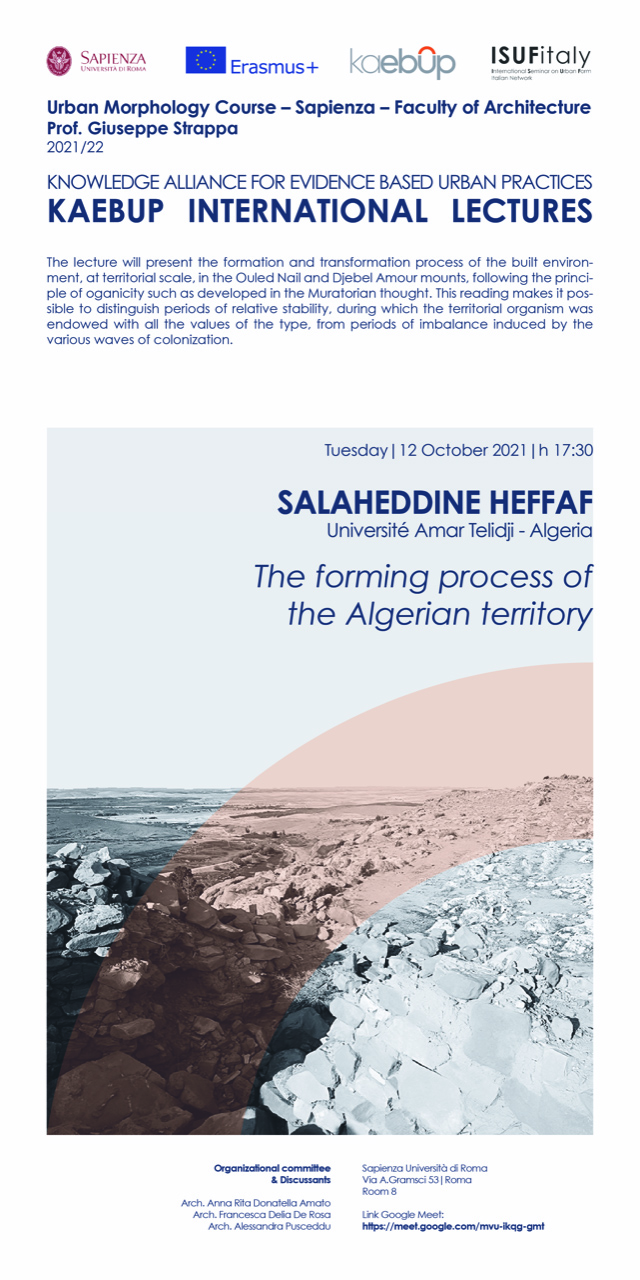
APRI LA LOCANDINA def. corso roma3 2024
SCHEDULE – CONTENTS OF THE LECTURES AND ACTIVITIES
8h March – Introduction. Meaning and utility of Urban Morphology for the contemporary architecture.
15h March – Course organization. Schedule. Presentation of the program. Student registration. Guest lecturer MARTIN EBERT Between revolution and reform
22h March Base building: base elements: notion, forming process and relationship with urban pre-existence – Ghetto cartography – groups forming (max. 4 students). classroom exercise
29h March Matter Material: notion, transformation process, contemporary condition. Classroom work. design exsercise
5h April Fabric -Urban Organism – Substrata: the physical form of the city: notion, forming process; contemporary condition – classroom exercise. Guest lecturer ATTILIO PETRUCCIOLI The interpretation of urban fabrics in the eastern city.
12h April Special building: forming process and contemporary examples. Architectural knotting: historic notion and transition to modernity. classroom exercise
19h April . Field Survey: on base building topics (F. De Rosa, R. Salamouni)
26h April Territory: notion, forming process and contemporary condition. classroom exercise
3h Maj Field Survey on special building topics. classroom exercise
10h Maj At the roots of architectural composition: the notions of assembly and aggregation in history and in the contemporary condition. classroom exercise
17h Maj Roman modern architecture. specific features of modern Roman architecture from U.M point of view. Guest lecturers R.CAPOZZI, F. VISCONTI Space and Form in the architecture of Louis Kahn
24h Maj book presentation (?) – Conclusion. and questions about the examination programme (unclear parts of the lectures, supplementary topics, etc.) Student opinions and suggestions.
31st May Short recap/summary of the course main topics (for the examination) Short (2 hours) pre-examination test (optional)
Base texts online
- Strappa, L’architettura come processo, Franco Angeli, Milano 2015
The main chapters translated into English can be found on the teacher’s website (http://www.giuseppestrappa.it/) and are indicated below:
. Notes on base building – http://www.giuseppestrappa.it/?p=8400
. The aggregation process and the form of the fabric, http://www.giuseppestrappa.it/?p=8380
. Special nodal building, http://www.giuseppestrappa.it/?p=8159
. Architectural knotting, http://www.giuseppestrappa.it/?p=8414
. G. Strappa, Territory as architecture, 2019 – http://www.giuseppestrappa.it/?p=8355
Base text in paper format
- Caniggia, G.L. Maffei, Interpreting basic building, Altralinea, Firenze 2017
- Scardigno, N , Salamouni, R, Architecture in the making, Conversation with Giuseppe Strappa on urban morphology and design, Springer, Cham, 2024 (In the process of publication)



